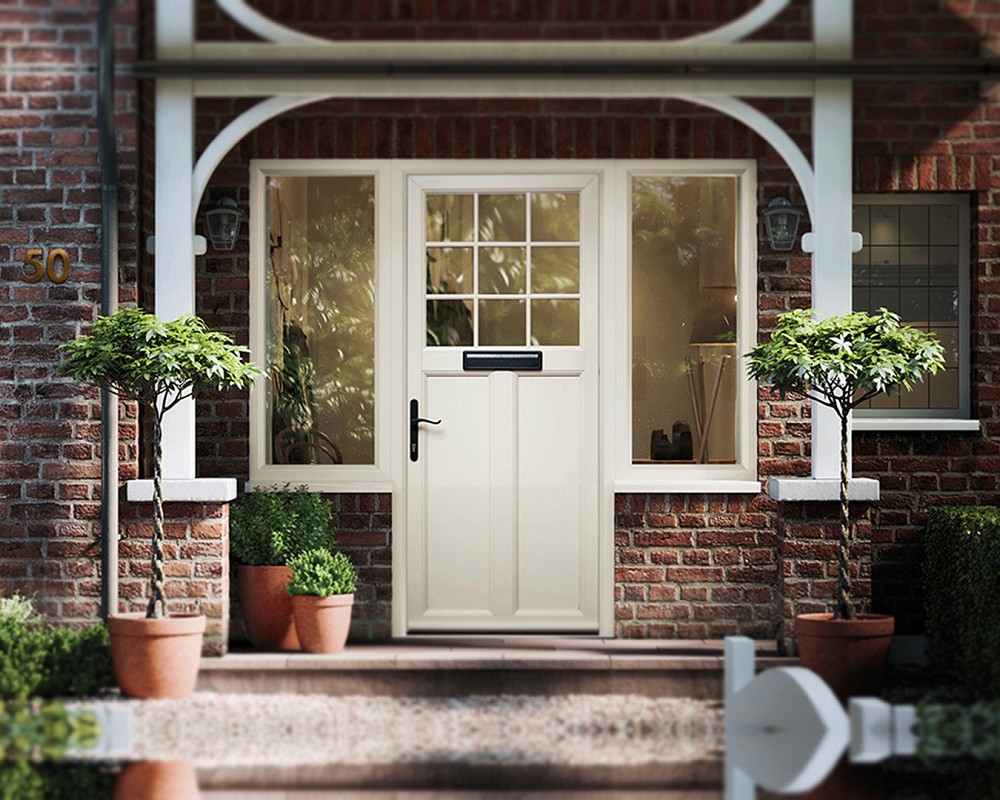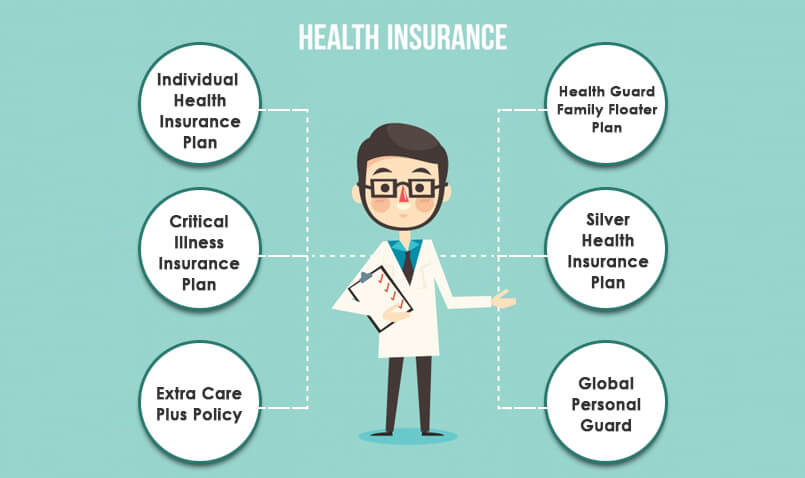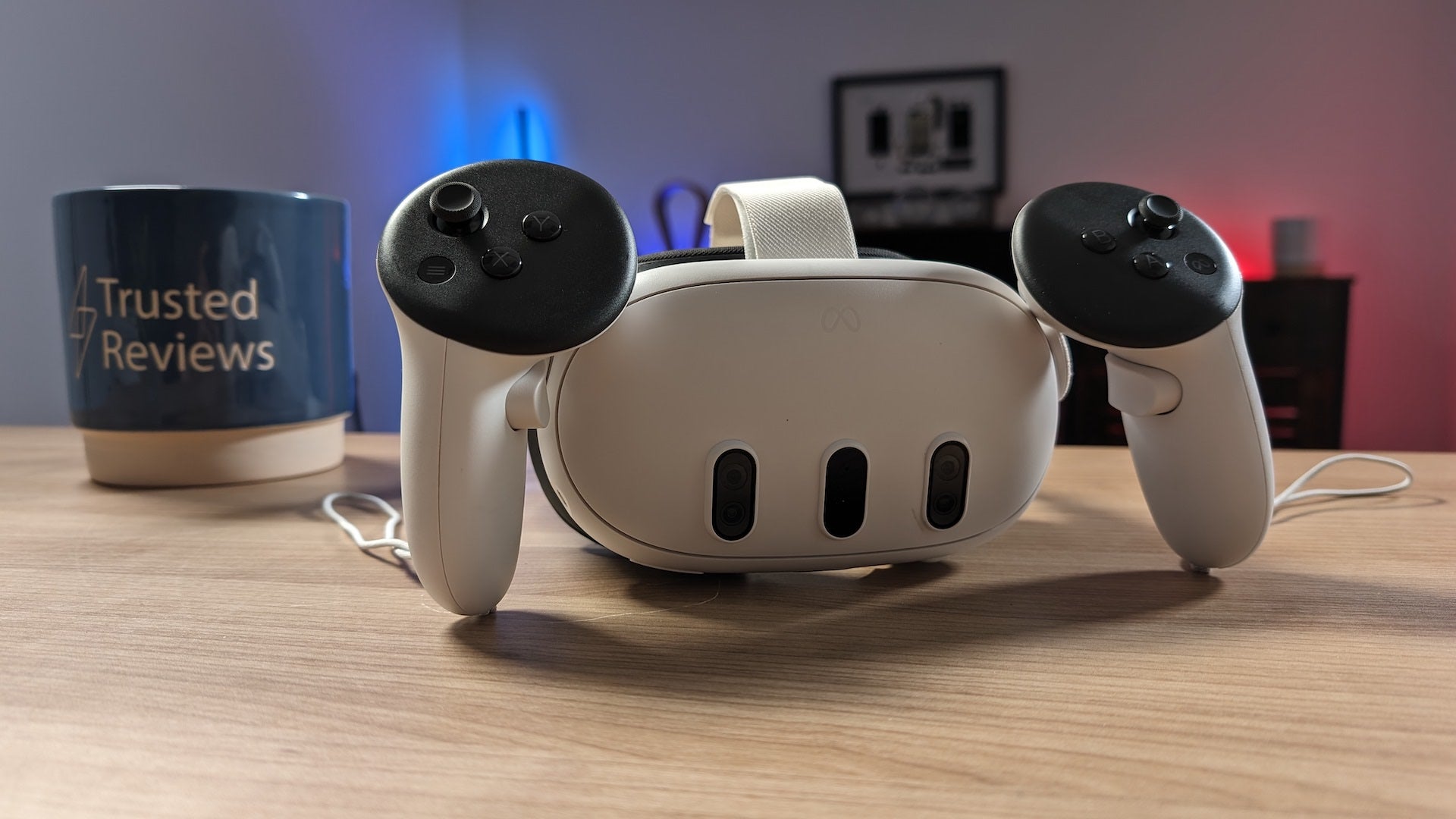
Image Source: Google
Your front door is more than just an entryway into your home. It is the focal point of the facade of your house and the first impression guests have when they visit. While aesthetics play a significant role in choosing a front door design, there are also many practical benefits to upgrading your front door. From security to energy efficiency, the right front door can enhance your home in various ways.
Let's explore the practical benefits of upgrading your front door design.
Enhanced Security
One of the most critical aspects of a front door is its ability to provide security for your home. A sturdy, well-designed door can deter potential intruders and protect your family and belongings. When upgrading your front door, consider the following security features:
Reinforced Materials
- Opt for solid wood or steel doors that are more difficult to break through than hollow-core doors.
- Choose a door with a multi-point locking system for added security.
Smart Lock Technology
- Invest in smart locks that allow you to control access to your home remotely.
- Some smart locks also offer keyless entry options, making it convenient for you and your family.
Improved Energy Efficiency
Another practical benefit of upgrading your front door design is improved energy efficiency. A well-insulated door can help regulate the temperature inside your home and reduce energy costs. Consider the following energy-efficient features when selecting a new front door:
Weather Stripping
- Choose a door with weather stripping to prevent drafts and air leaks.
- Proper weather sealing can help maintain a comfortable indoor temperature year-round.
Energy-Efficient Glass
- Opt for double or triple-pane glass to improve insulation and reduce heat transfer.
- Low-emissivity (Low-E) coatings can further enhance energy efficiency by reflecting infrared light.
Enhanced Curb Appeal
While practical considerations are essential, upgrading your front door design can also enhance the overall curb appeal of your home. A stylish and well-designed front door can make a significant impact on the aesthetic value of your property. Consider the following design elements to boost your home's curb appeal:
Color and Finish
- Choose a door color that complements the exterior of your home.
- Consider a bold or contrasting color to make your front door stand out.
Hardware and Accessories
- Select door hardware, such as handles and knockers, that adds a touch of elegance to your entryway.
- Enhance your front door with decorative accessories like wreaths, door mats, and planters.
Increased Property Value
Upgrading your front door design can also increase the overall value of your property. A well-maintained and attractive front door can make a positive impression on potential buyers if you decide to sell your home in the future. Consider the following ways in which a front door upgrade can boost your property value:
First Impressions
- A striking front door can enhance the curb appeal of your home and create a lasting first impression on visitors and potential buyers.
- A well-maintained front door indicates to buyers that the rest of the property has been similarly cared for.
Energy Efficiency
- Energy-efficient features like insulated materials and weather stripping can be attractive selling points for eco-conscious buyers.
- Highlighting the energy-saving benefits of your front door can set your property apart from others on the market.
Upgrading your front door design goes beyond aesthetics and can offer a range of practical benefits for your home. From enhanced security and energy efficiency to increased curb appeal and property value, the right front door can transform your entryway and improve your overall living experience. Consider these practical benefits when choosing a new front door design that suits your needs and preferences.







